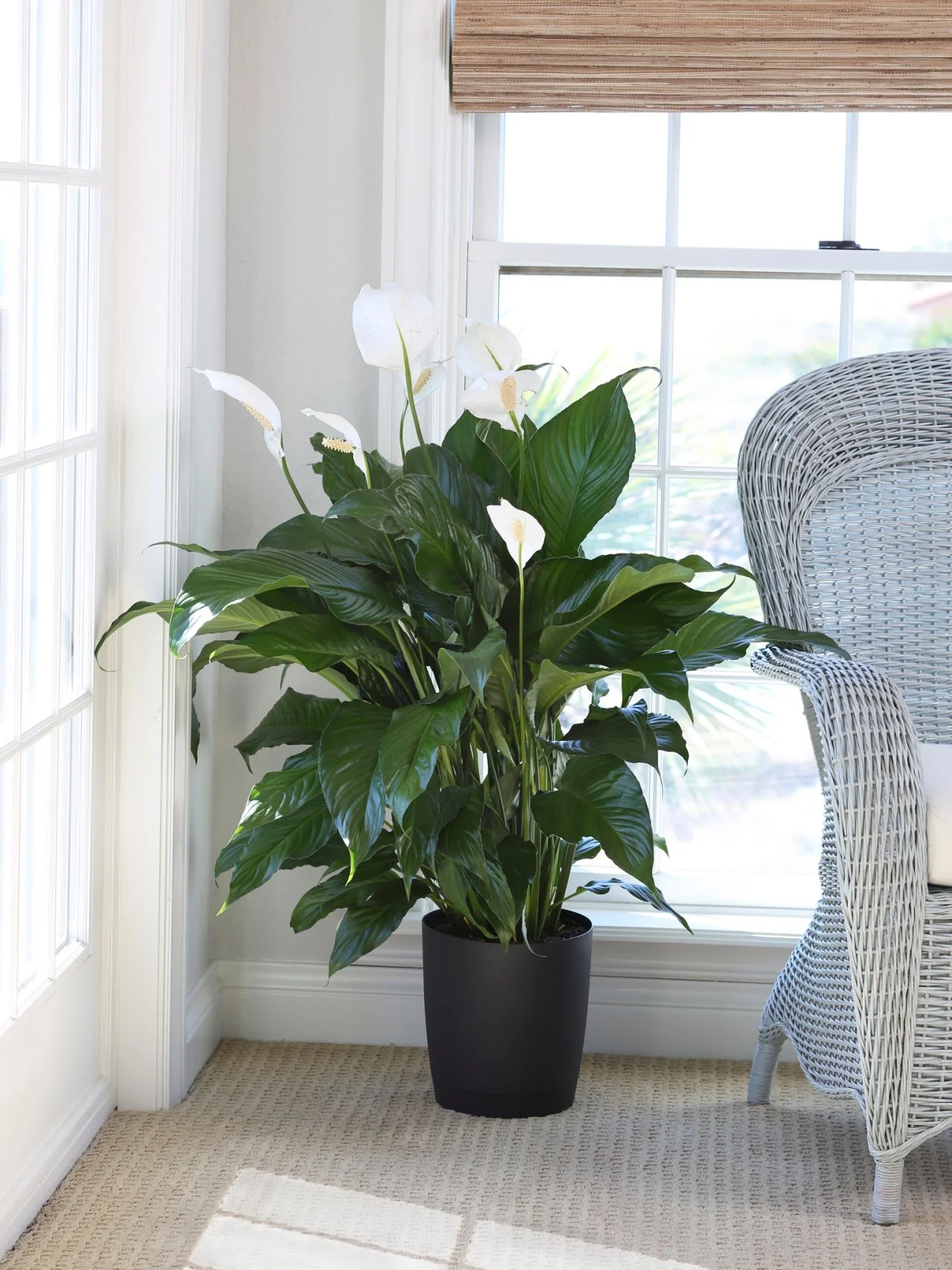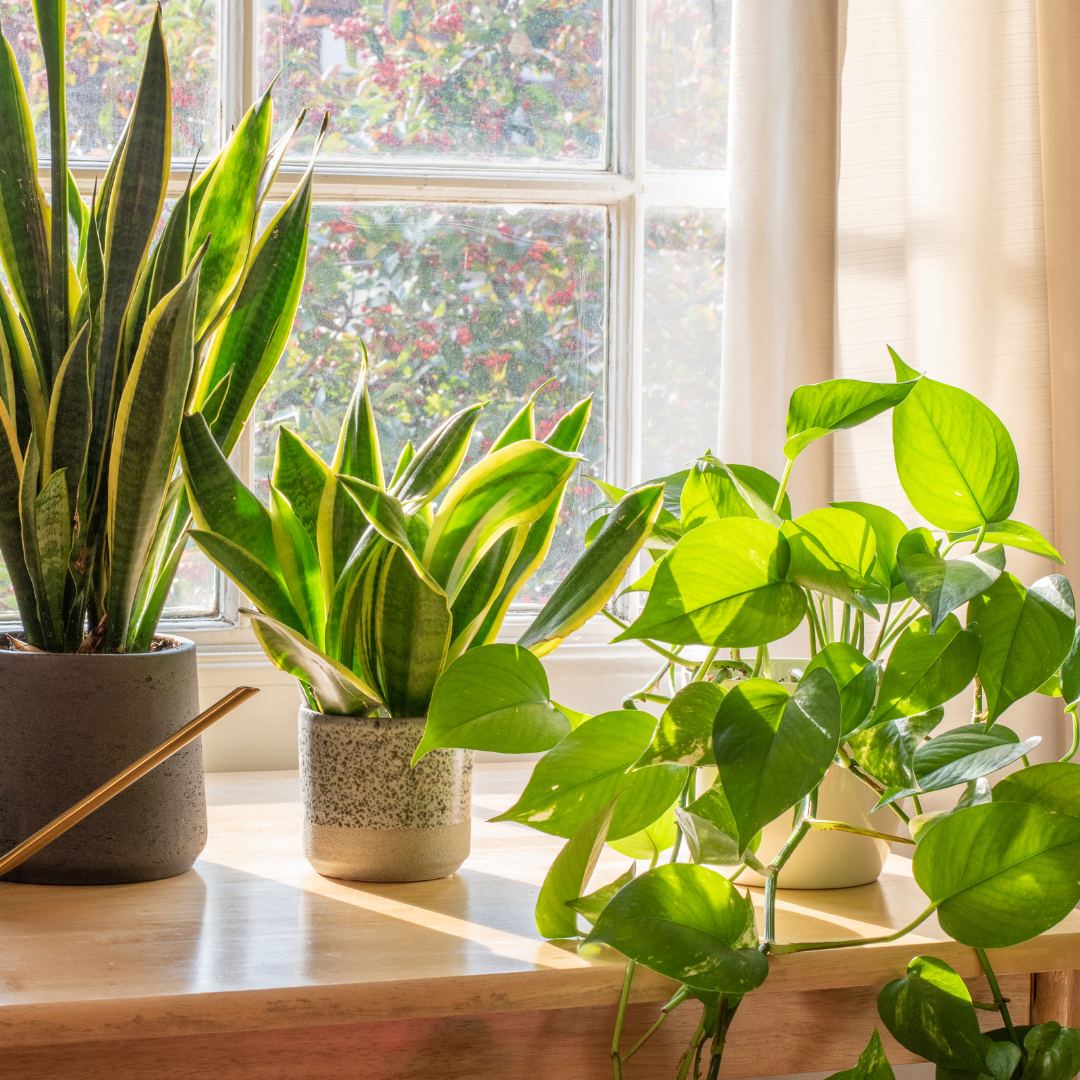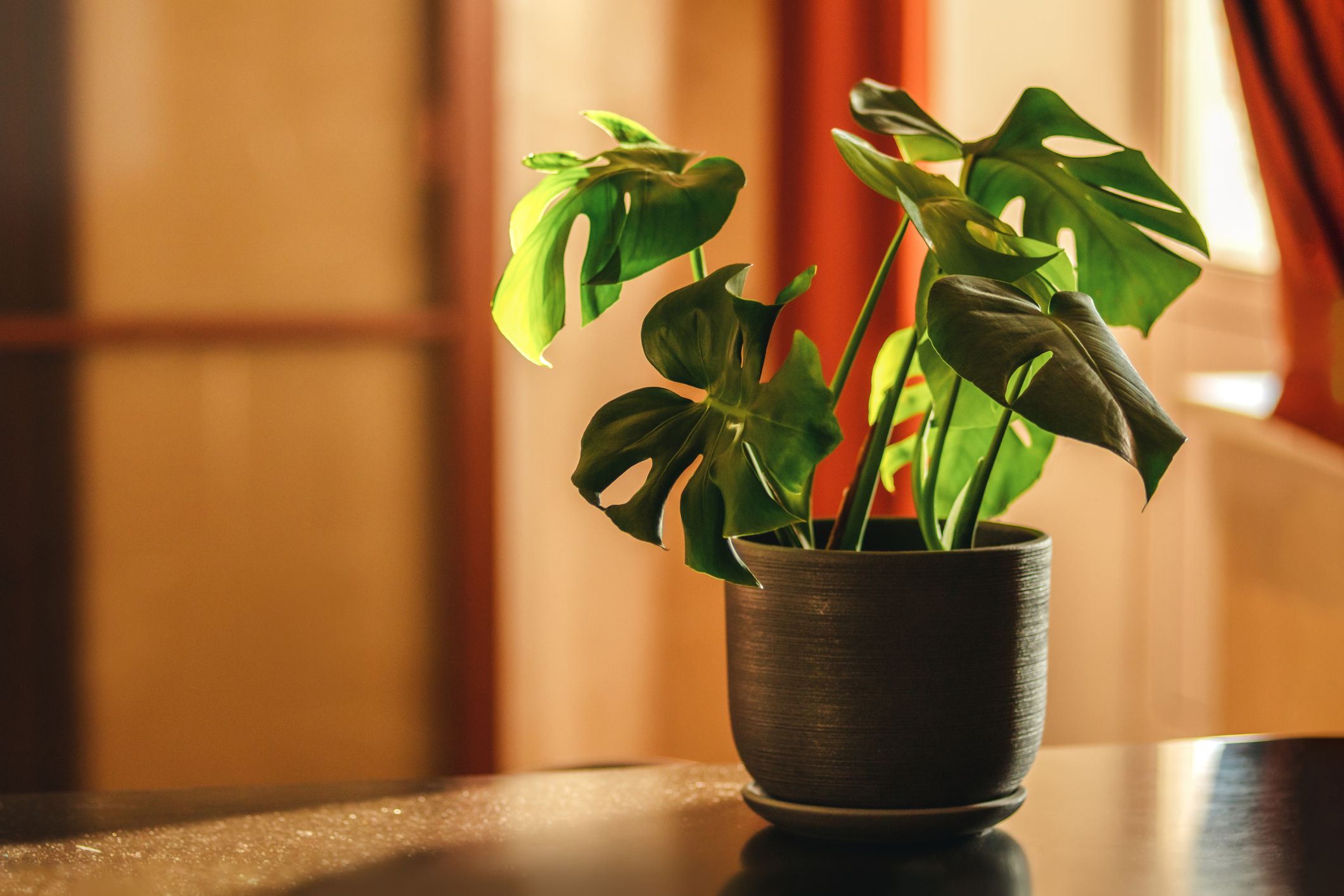The Best Low-Light Indoor Plants for Beginners and Busy Plant Owners
Discover the Tricks of Low-Light Indoor Plants and Just How They Improve Your Environment
Low-light indoor plants have garnered raising interest for their unique capability to improve both visual charm and ecological high quality within homes and work environments. These durable species, including the Snake Plant and Tranquility Lily, not just thrive in difficult lighting problems yet also play a critical duty in air purification and emotional wellness.
Benefits of Low-Light Indoor Plants
Although lots of people assume that interior plants require bountiful sunlight to flourish, low-light interior plants offer a plethora of benefits that make them perfect for numerous environments. One of the primary benefits is their flexibility; they can flourish in areas with restricted natural light, such as workplaces, cellars, or spaces with little home windows. This feature enables people to enhance their environments with plant, adding to improved visual appeals without the need for considerable lighting modifications.
Moreover, low-light indoor plants can considerably enhance interior air quality by releasing and filtering unsafe contaminants oxygen, making living spaces healthier. The presence of plants has actually been linked to better feelings of tranquility and emphasis.
Additionally, low-light plants often need less upkeep than their sun-loving counterparts, making them excellent for active people or those brand-new to gardening. Their durability permits them to love minimal intervention, hence supplying a gratifying experience for plant fanatics and beginners alike. In summary, low-light interior plants offer both aesthetic and useful purposes, making them important additions to any type of space.
Top Low-Light Plant Varieties
Low-light indoor plants can be found in a range of varieties, each offering one-of-a-kind features and benefits fit for dark settings. Among one of the most popular ranges is the Snake Plant (Sansevieria), recognized for its air-purifying capabilities and architectural leaves. This durable plant grows on overlook and can endure a wide range of light conditions.
Another excellent selection is the ZZ Plant (Zamioculcas zamiifolia), which includes shiny, dark environment-friendly fallen leaves and is very drought-tolerant. Its adaptability makes it a favorite for workplaces and homes with minimal sunshine.
The Pothos (Epipremnum aureum) is also a top competitor, with its routing creeping plants and heart-shaped fallen leaves - Best low-light indoor plants. This versatile plant can be educated to climb or cascade, adding visual rate of interest to any type of area

Treatment Tips for Low-Light Plants
Caring for low-light indoor plants calls for a nuanced understanding of their details demands to ensure optimal development and vitality. First, it is necessary to pick the ideal potting mix, as a well-draining soil is crucial to protect against origin rot. A blend developed for houseplants, typically containing peat moss and perlite, functions well for many low-light selections.
Watering is an additional crucial aspect of treatment. Low-light plants generally need less constant watering compared to their sun-loving counterparts. It is recommended to examine the top inch of dirt; if it feels dry, it's time to water. Overwatering can result in complications such as mold and origin degeneration.
Fertilizing needs to be approached with caution. During the expanding period, a watered down fluid plant food can be applied monthly, however in wintertime months, several low-light plants enter dormancy and need little to no fertilization.
Last but not least, it's essential to occasionally cleanse the fallen leaves to get rid of dirt, permitting important site much better light absorption. By sticking to these care suggestions, you can cultivate a growing environment for your low-light interior plants, improving both their look and long life.
Enhancing Air Top Quality With Plants
Indoor plants play a considerable function in boosting air top quality within homes and office. Through the process of photosynthesis, these plants soak up carbon dioxide and release oxygen, contributing to a healthier atmosphere. Furthermore, specific low-light interior plants possess the ability to filter dangerous pollutants, such as trichloroethylene, benzene, and formaldehyde, which are frequently discovered in indoor settings.

Moreover, the existence of indoor plants can enhance humidity degrees, which helps minimize dry skin and respiratory system problems, better enhancing overall health. This ability to improve air quality not only promotes physical you can try this out health however additionally supports psychological wellness.
Integrating low-light interior plants into your living and working rooms can result in an extra stimulating and dynamic setting (Best low-light indoor plants). Investing in these natural air cleansers is a basic yet reliable strategy for boosting indoor air top quality and cultivating a healthier lifestyle
Creating a Calm Indoor Room
The integration of plants into living areas not just enhances air quality however likewise adds to a tranquil environment. Low-light interior plants, such as serpent plants and pothos, are specifically reliable in developing a serene environment, as they flourish in problems that may otherwise be inhospitable for other greenery. Their lavish vegetation provides a calming aesthetic, decreasing stress and promoting relaxation.
Incorporating these plants into your home or workplace can stimulate a sense of peace and well-being. Tactically placing them in areas where you invest substantial time, such as living work spaces or areas, permits for an immersive experience with nature, which has actually been shown to boost mood and cognitive feature.
In addition, the mild motion of fallen leaves in feedback to air movement can produce a dynamic aesthetic component that enhances the total atmosphere. Consider making use of a variety of plant elevations click here to read and appearances to add depth and interest to your room. With thoughtful positioning and treatment, low-light indoor plants can change any area into a peaceful sanctuary, promoting not only aesthetic fulfillment but also psychological and mental wellness.

Conclusion
Integrating low-light indoor plants right into different settings yields considerable advantages, consisting of boosted air quality and enhanced visual allure. The transformative power of low-light plants underscores their worth in boosting both residential and work-related setups.
Although many people think that indoor plants require plentiful sunshine to flourish, low-light indoor plants supply a wide variety of benefits that make them suitable for numerous atmospheres.Moreover, low-light interior plants can considerably boost interior air high quality by launching and filtering system damaging toxins oxygen, making living areas healthier. In addition, certain low-light interior plants possess the capacity to filter damaging pollutants, such as benzene, trichloroethylene, and formaldehyde, which are frequently found in indoor atmospheres.
Low-light interior plants, such as serpent plants and pothos, are specifically efficient in developing a serene environment, as they flourish in problems that may otherwise be unwelcoming for various other plant.Incorporating low-light indoor plants right into various atmospheres yields considerable advantages, consisting of improved air high quality and improved aesthetic charm.